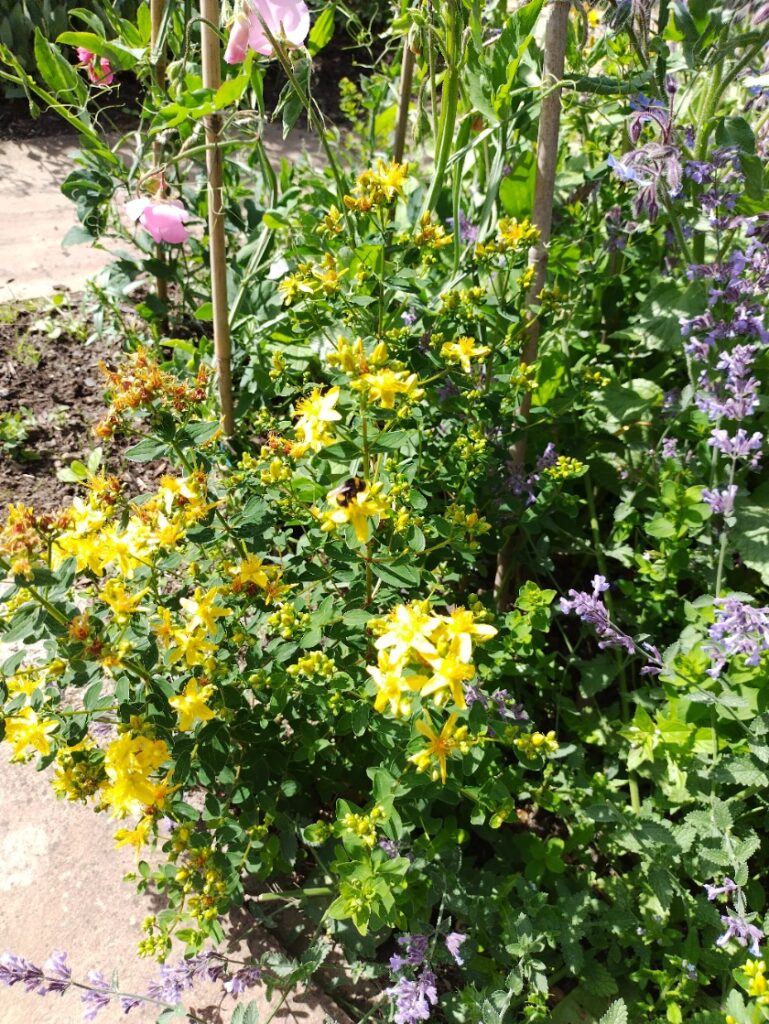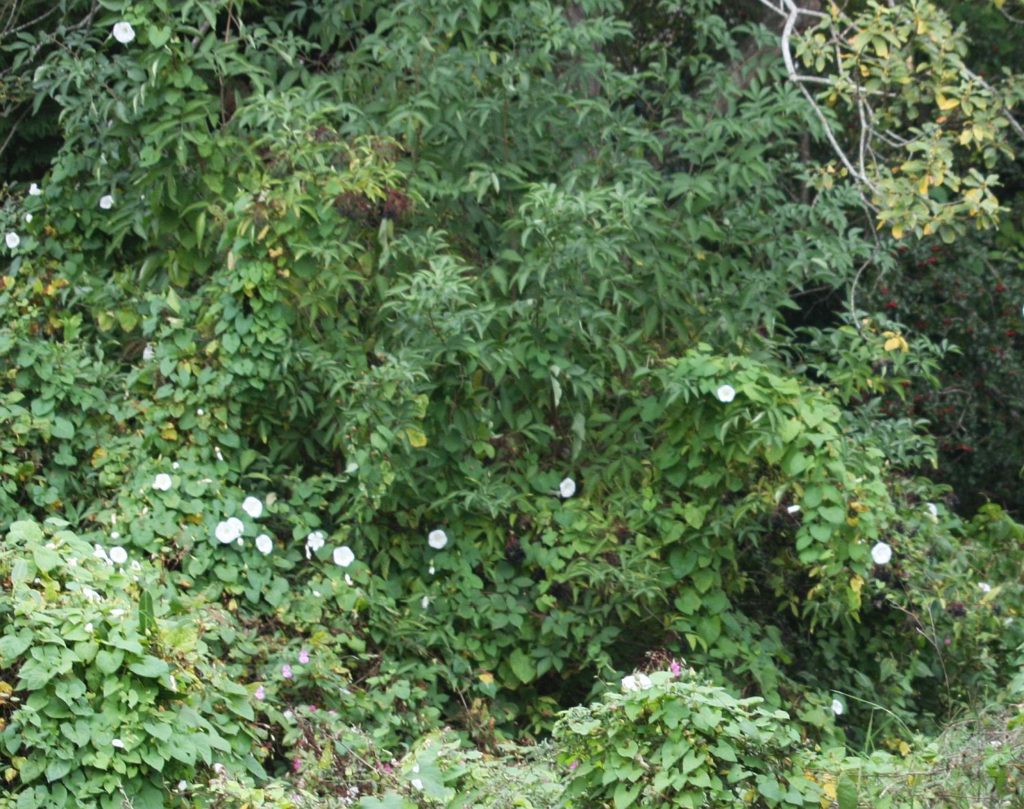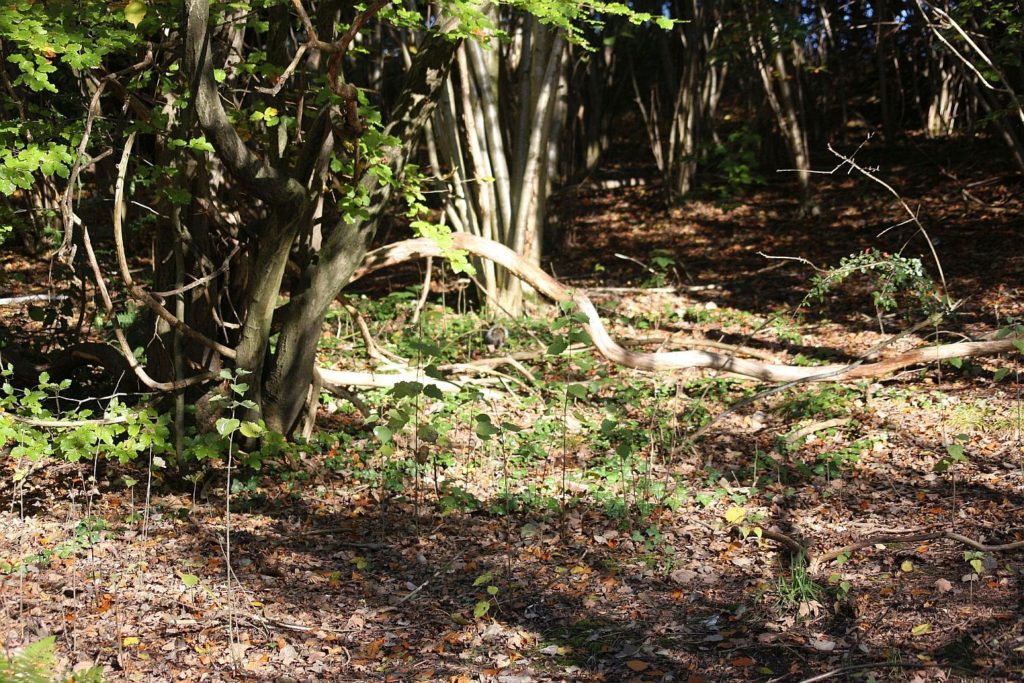
It is peak bramble time, jam-making, pickling, apple cake and plum crumble time. The first geese are here, and the last housemartins are lining up to leave. The bird population in the garden has changed – the sparrows are mostly in the fields just now, so the blue tits have a chance at the feeders. The magpies are mostly bothering something else in the woods, there are starlings along all the roof tops, and the robin is noisily staking out his winter territory in the hawthorns over the burn. The temperature has dropped ten degrees over the last week, and I’m about to pick the last tomatoes and move the lemon verbenas and the scented leaf geraniums into the greenhouse before the frost. I’ll be stripping out the spent annuals, and sowing the seeds I’ve saved to jump start next summer’s flowers, and I’ll be making pot pourri and some dried flower arrangements to give us scent and colour through the dark days.
Because next week is the equinox, one of the tipping points of the year, and we’re heading for winter. I’m having a tipping point of some other kinds too. I seem to have shifted from ‘learning about’ this new territory, to ‘getting to know’ it. I am aware, not only of new facts as they come to my attention, but how they impact things I already know. I understand more about why some plants are thriving and some aren’t, how taking out all the stones from the front garden changes not only the drainage, but the feel of the soil, and I can hear when there’s a new bird in the garden. It feels like a more mutual phase, as the garden responds to what I’ve done – and not always in the way I expect. I had no idea the marshmallows would grow so tall, or how much shade the lilac tree casts.
And in writing, too. I’ll be in the house more than the garden, in my head more than the world. I’m out of the note-making, researching, puzzling, planning stage and into the real words on the page. Unwilding is still very short – less than five per cent of the total, but there are actual words! And more importantly, as it turns out, the next poetry collection has begun to happen. It is tentatively called The Midsummer Foxes but it is also going to have bees, weather, music, herbs and the moon. I have always wanted to do a ‘four elements’ collection, and this may well be it. I am embarrassingly excited about it!




